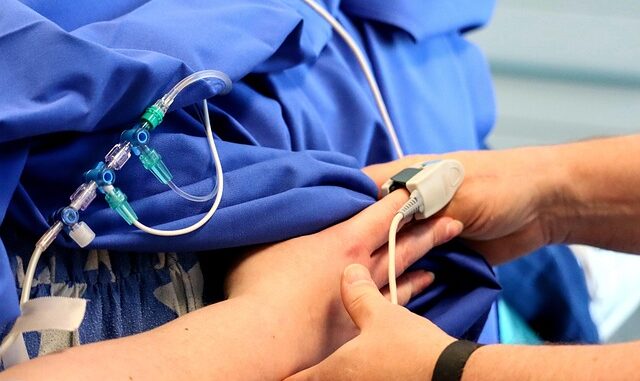
Summary
EEG monitoring is revolutionizing pediatric anesthesia, leading to reduced usage and faster recovery times. This technology allows for precise, individualized anesthetic delivery, minimizing side effects and promoting better outcomes. By tracking brain activity, doctors can tailor anesthesia to each child’s needs, paving the way for a safer, more comfortable surgical experience.
TrueNAS: the healthcare storage solution thats secure, scalable, and surprisingly affordable.
** Main Story**
Okay, so you know how we’re always looking for ways to improve pediatric anesthesia? Well, EEG monitoring is really shaking things up and it’s something we should all be aware of. Think about it: giving anesthesia to kids is nerve-wracking enough, but this tech actually helps us monitor their brain activity in real-time.
Understanding the Tech: Not Your Grandma’s Anesthesia Monitoring
For ages, anesthesiologists have relied on the usual suspects – heart rate, blood pressure, you know the drill, to figure out how deep a patient is under. But let’s be honest, those indicators aren’t always reliable, especially with kids whose bodies react differently. I remember one case where a kid’s heart rate was through the roof, but he was barely sedated! EEG monitoring cuts through the guesswork. It gives us a direct peek at what’s happening in the brain. It’s like having a window into their consciousness. And because we’re tracking brainwaves, we can fine-tune the anesthesia, using just the right amount to keep them comfortable and unconscious. This is important.
More Than Just a Quick Wake-Up: Real Recovery Benefits
It’s not just about what happens during surgery, either. What about after? Because with EEG monitoring, we’re using less anesthesia overall, kids tend to bounce back faster. Seriously, they experience fewer side effects, like nausea and vomiting, which is a huge win for everyone involved. Imagine waking up without feeling sick – that’s a much better experience for a child, and their parents appreciate it too. Plus, shorter hospital stays? That’s money saved and a lot less stress for families. As a result, that translates to improved outcomes for everyone. Speaking of outcomes…
Protecting Those Developing Brains: A Safer Approach
Let’s face it, we all worry about the long-term effects of anesthesia, especially on young, developing brains. While the jury’s still out on some things, there’s been studies that have shown some evidence that prolonged or repeated exposure could potentially lead to learning or behavioral issues later on. Using EEG monitoring to minimize that exposure, it just makes sense. I mean, isn’t it our responsibility to do everything we can to protect these kids? Moreover, it feels good knowing we’re taking a proactive step.
Beyond the Scalpel: Rehab and Holistic Care
Look, EEG monitoring is fantastic, it is. But it’s just one piece of the puzzle. Pediatric rehab is equally crucial in helping kids recover fully. Things like physical therapy, speech therapy, and even psychological support play a vital role in their journey back to being kids again. We’ve also got ERAS protocols now, focusing on educating patients and families, optimizing pain management, and getting kids moving early. Because a holistic approach, that’s what truly makes a difference, don’t you think?
The Future is Here (and it’s Electric): Looking Ahead
EEG monitoring, it’s not just a trend, it’s the future of pediatric anesthesia. And as the tech gets even better and our understanding of the brain grows, it’s only going to become more essential. It promises safer, more effective anesthesia practices. You know, ensuring the best possible outcomes for our youngest patients? I’m optimistic that one day it will be the standard of care. It gives me hope that our youngest, most vulnerable patients will be as safe as they can be!


The discussion of minimizing anesthesia exposure to protect developing brains is vital. Are there studies comparing cognitive outcomes in children receiving EEG-monitored anesthesia versus those receiving traditional methods, especially concerning long-term development?
That’s a great question! Research into long-term cognitive outcomes is definitely crucial. While large-scale longitudinal studies are ongoing, some early research suggests potential benefits of EEG-monitored anesthesia in specific populations. Following this research is important for improving pediatric care.
Editor: MedTechNews.Uk
Thank you to our Sponsor Esdebe
The reduction in post-operative nausea and vomiting with EEG-monitored anesthesia is compelling. How might the implementation of these methods affect hospital discharge times and resource allocation, especially in outpatient pediatric surgical settings?